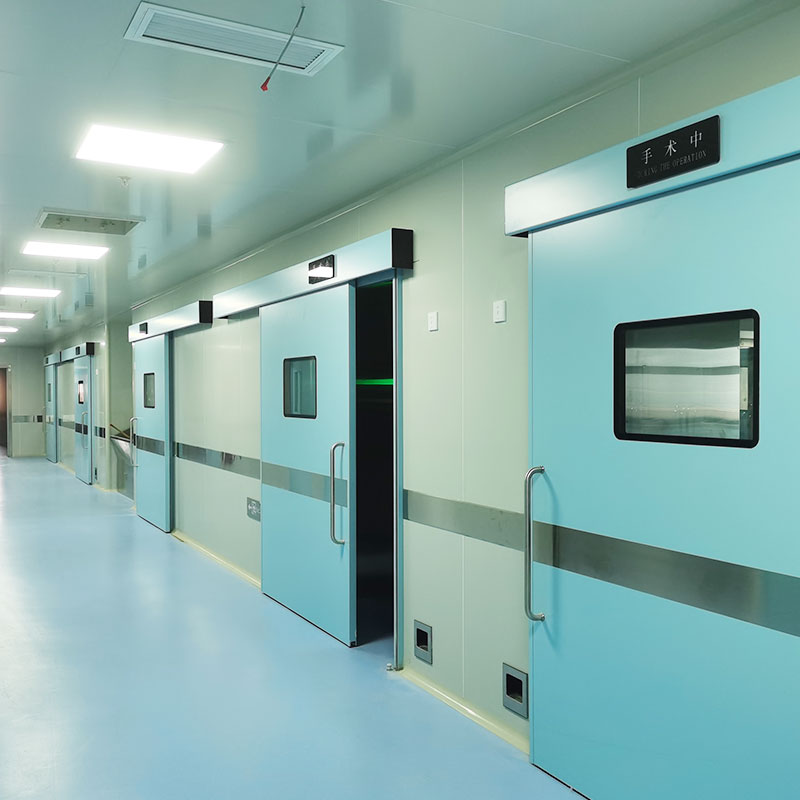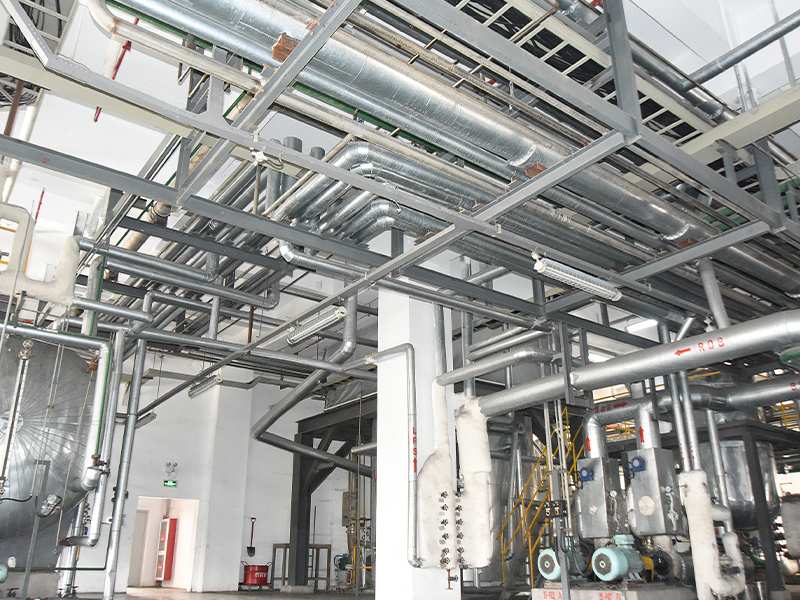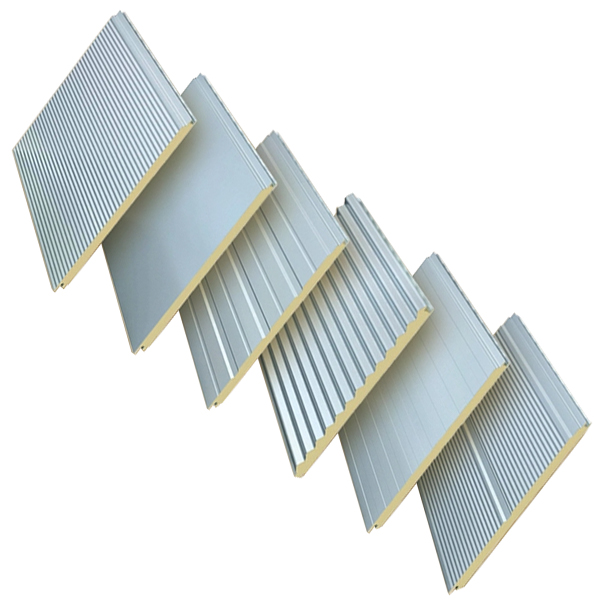In the intricate dance of fire safety within buildings, fireproof doors stand as stalwart guardians, ready to thwart the advance of flames and smoke, protecting lives and property. Yet, like any stalwart defender, they require vigilant care and maintenance to uphold their effectiveness over time. Understanding the crucial maintenance procedures for fireproof doors is paramount in ensuring their continued reliability. Let's delve into the essential practices to uphold the integrity of these crucial components of fire safety infrastructure.
Regular Inspection:Routine inspections serve as the cornerstone of fireproof door maintenance. Conduct thorough assessments to detect any signs of wear, damage, or malfunction. A keen eye should be cast over the entirety of the door and its frame, scrutinizing for cracks, gaps, or warping that may compromise its integrity. Additionally, ensure that the door closes properly and seals tightly, leaving no room for the insidious infiltration of smoke or flames.
Cleaning:Maintaining cleanliness is not merely a matter of aesthetics; it is integral to the functionality of fireproof doors. Regular cleaning prevents the accumulation of dust and debris, which can impede the smooth operation of the door and compromise its seal. Employ a gentle detergent and water solution to cleanse the surface of the door, paying particular attention to any grooves or crevices where detritus may linger.
Lubrication:Smooth operation hinges upon well-lubricated components. Apply lubricant to hinges, locks, and other moving parts of the fireproof door regularly. Opt for a non-corrosive lubricant recommended by the door manufacturer to ensure optimal performance without risking damage to the door mechanisms.
Testing Mechanisms:Regularly subject the opening and closing mechanisms of the fireproof door to rigorous testing. Verify the functionality of hinges, door closers, and any automatic closing devices or hold-open mechanisms. This proactive approach allows for the early detection of any anomalies, enabling timely intervention to rectify issues before they escalate.

Seal Inspection:The integrity of seals is paramount in preserving the fire resistance and smoke containment capabilities of fireproof doors. Conduct regular inspections to assess the condition of seals around the perimeter of the door and between the door and frame. Promptly replace any damaged seals to maintain the door's efficacy in the face of fire.
Fire Rating Verification:Periodically verify that the fireproof door aligns with its specified fire rating. Consult the manufacturer's documentation or enlist the expertise of professionals to conduct thorough assessments. Ensuring compliance with fire safety standards is imperative in upholding the door's efficacy in the event of a fire.
Emergency Exit Clearance:Maintain clear and unobstructed pathways around fireproof doors, particularly in emergency exit routes. Vigilantly remove any objects or obstacles that could impede the door's operation or hinder swift evacuation during a fire emergency. Clutter-free surroundings facilitate seamless egress, potentially saving precious moments in critical situations.
Professional Maintenance:While diligent self-maintenance is commendable, entrusting fireproof door maintenance to qualified technicians is indispensable. Schedule regular service checks to afford comprehensive inspections and servicing. Professionals can conduct adjustments, repairs, or component replacements with precision, ensuring the continued reliability and effectiveness of fireproof doors.
Record Keeping:Maintain meticulous records of all maintenance activities pertaining to fireproof doors. Document inspection dates, repairs, replacements, and any identified issues comprehensively. These records serve as a vital reference, enabling the tracking of maintenance history and facilitating compliance with regulatory requirements.

 English
English русский
русский Español
Español





